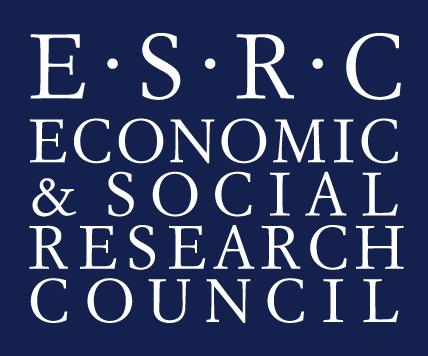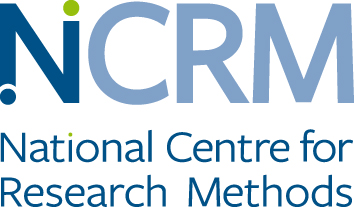Project Outline
The Do participatory visual methods 'give voice’? project ran from 2017-2019, and this site acts as an archive of that project. If you would like to know more about the project and it's findings, please contact Dr Daniel McCulloch by email at daniel.mcculloch@open.ac.uk.
--------
The Do participatory visual methods 'give voice’? project is an evaluative study of participatory visual methods (PVMs). The findings will add an important dimension to understandings of the sorts of claims that can accurately be made about participatory visual methods. In particular, the findings will contribute to understandings of how researchers understand what ‘voice’ means and how they understand the relationship between participatory visual methods and 'voice’; to what extent people who are involved in participatory visual research consider the participatory methods to express their ‘voice’; and the extent to which ‘audiences’ understand the ‘voices’ of those involved in participatory visual methods.
Increasing knowledge about participatory visual methods in this way will improve evidence-based claims about participatory visual methods, helping us to understand how different groups understand ‘voice’ and whether they perceive methods to successfully allow for expressions of 'voice’. Such knowledge is useful not only for researchers, advocacy groups, practitioners, and students who use these methods.
Research aims
The overall aim of the study is to explore whether participatory visual methods ‘give voice’ to participants.
In order to achieve this overarching aim, the project has the following specific aims:
- To analyse researcher understandings of what it means to ‘give voice’, and the extent to and ways in which they understand participatory visual methods ‘give voice’ to participants
- To explore participant assessments of the extent to and ways in which outputs from participatory visual methods meaningfully represent their ‘voices’
- To explore audience assessments of the extent to and ways in which they understand ‘voice’ in visual representations
- To engage in training and capacity building focused on what has been learned from evaluation of the method
The analytic focus areas of the project are participatory visual research methods and ‘voice’ in research methods.
Research questions
The project’s research questions are designed to make connections between the ways in which ‘voice’ is understood by researchers, participants and ‘audiences’.
The project’s central research question is: Do participatory visual methods give ‘voice’?
In order to answer this main research question, the project will examine the following related questions:
- How do researchers understand ‘voice’, and in what ways do they understand PVMs to give ‘voice’?
- In what ways and to what extent do individuals living in poverty feel that the visual representations created through participatory mapping reflect their ‘voices’?
- In what ways and to what extent are the maps created through participatory visual methods accurately understood by practitioners?
- In what ways and to what extent are the maps created through participatory visual methods accurately understood by members of local communities and the general public?
Project design
The project has three phases:
Phase 1 explores researcher understandings of ‘voice’ and how PVMs ‘give voice’ to participants.
Phase 2 focuses on whether participants feel that participatory visual methods 'give' them adequate ‘voice’ (or not). This involves individuals feeding back on the extent to which the outputs generated through participatory visual methods accurately represent their ‘voice’.
Phase 3 focuses on ‘audience’ understandings of ‘voice’. Using the outputs from phase 2, it explores the accuracy with which the voices in phase 2 are understood by audiences (such as service providers and the general public).

